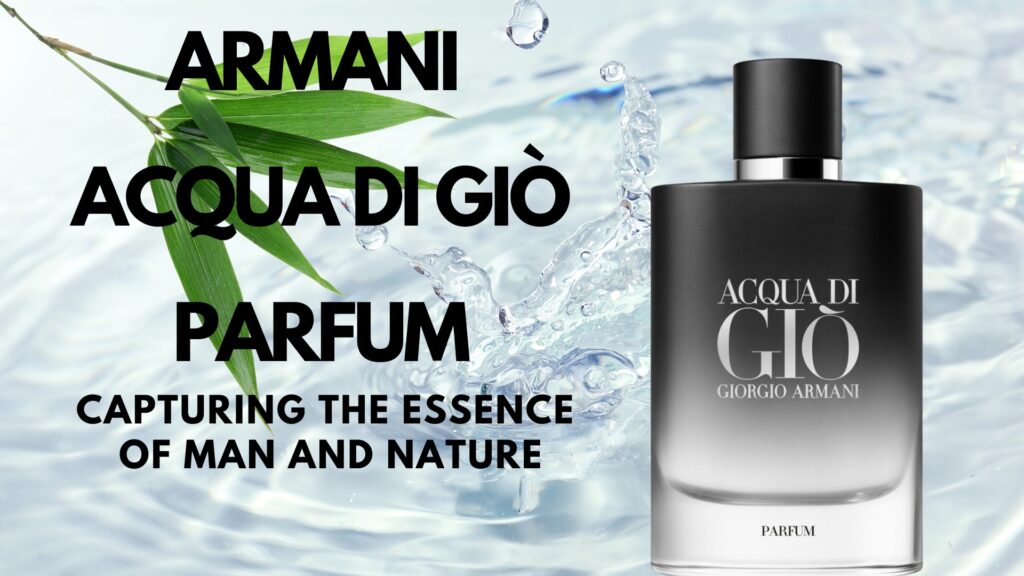Rosemary: A Green and Vibrant Presence in Perfumery
Rosemary, a timeless Mediterranean herb, carries with it the essence of sunlit coasts and wild, aromatic gardens. Known botanically as Rosmarinus officinalis, its essential oil is celebrated in perfumery for its crisp green aroma and its ability to add clarity and brightness to compositions. More than an herb for culinary use, rosemary has been a cornerstone of fragrant artistry, lending its distinct character to both modern and traditional perfumes.
Cultivation and Extraction
Rosemary thrives in rocky, sun-drenched soils, where its needle-like leaves absorb the warmth of the Mediterranean climate. Harvested at its aromatic peak, the plant undergoes steam distillation to extract its essential oil. This process yields an oil that reflects the herb’s natural complexity, balancing herbal freshness with woody depth and subtle resinous warmth.
The scent captured in rosemary essential oil feels alive, evoking the rustle of leaves in a gentle breeze and the bright warmth of a summer afternoon.
Scent Profile
Rosemary’s aroma is dynamic and layered, offering a combination of freshness and depth that makes it versatile in perfumery. Its key characteristics include:
- Green Herbal Notes: A vibrant, crisp quality reminiscent of freshly cut herbs.
- Pine-Like Sharpness: A resinous undertone that adds clarity and energy.
- Earthy Warmth: A subtle base that grounds the scent, providing a natural balance.
This multifaceted profile allows rosemary to adapt to various fragrance styles, bringing a clean and uplifting quality that enhances both light and rich compositions.
Role in Fragrance Design
Rosemary’s versatility and distinct aroma make it an invaluable tool for perfumers. Its fresh and green qualities are often used to add brightness to top notes, while its woody and herbal undertones create structure within the fragrance. It acts as a bridge between crisp citrus elements and heavier, more grounded bases.
- Fresh Aromatic Blends: When combined with lavender, thyme, and clary sage, rosemary creates a vibrant, herbaceous harmony that feels natural and invigorating.
- Citrus-Forward Scents: Its sharp, green brightness complements the zesty qualities of bergamot, lemon, and grapefruit, enhancing their uplifting effect.
- Woody and Earthy Creations: In compositions featuring cedarwood, sandalwood, or vetiver, rosemary adds a herbal lift that balances the heavier notes.
- Spiced Compositions: Its green sharpness pairs beautifully with spices like black pepper, nutmeg, or cardamom, creating a dynamic interplay of warmth and freshness.
Notable Fragrances Featuring Rosemary
Rosemary has earned its place in many renowned perfumes, where it contributes to their distinctive character and complexity. Some of these fragrances highlight rosemary as a key element, allowing its green and herbal qualities to shine.
- Dior Eau Sauvage: Rosemary forms a part of the herbaceous heart of this timeless creation, balancing fresh citrus with earthy depth.
- Acqua di Parma Colonia: Its crispness enhances the classic blend of citrus and floral notes, lending an elegant and vibrant touch.
- Jo Malone Lime Basil & Mandarin: Rosemary adds herbal brightness to this fresh and modern fragrance, amplifying its citrus and basil notes.
The Essence of Rosemary in Perfumery
Rosemary brings a unique vitality to fragrances, combining crispness with depth in a way that feels both natural and sophisticated. Its aroma evokes the rugged beauty of Mediterranean landscapes, where the air is filled with the mingling scents of wild herbs and sun-warmed pine. Each drop of rosemary essential oil carries this vivid connection to nature, infusing perfumes with freshness and character.
Whether used as a bright top note or a grounding herbal layer, rosemary’s presence in a fragrance leaves an impression of clarity and balance. Its versatility and timeless appeal ensure its continued role in the art of perfumery, bridging the simplicity of nature with the complexity of crafted scent.

